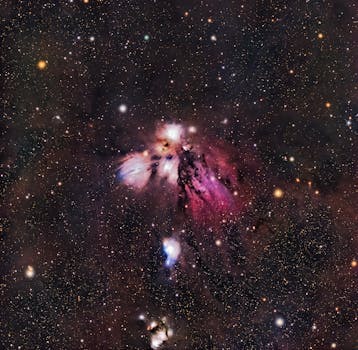
“
Beyond the Milky Way: Imagining New Worlds and Possibilities
Introduction to Beyond the Milky Way: Imagining New Worlds and Possibilities
Beyond the Milky Way: Imagining New Worlds and Possibilities, as we gaze up at the night sky, we are reminded of the infinite possibilities that lie beyond our planet. The Milky Way, our home galaxy, is just one of billions of galaxies in the observable universe, each containing billions of stars and potentially, billions of planets. In this article, we will explore the possibilities beyond our galaxy and imagine the new worlds that await us in the vast expanse of space.
Understanding the Milky Way
Before we can explore the possibilities beyond our galaxy, we must first understand the Milky Way itself. The Milky Way is a barred spiral galaxy, consisting of hundreds of billions of stars, gas, and dust. It is estimated to be approximately 100,000 light-years in diameter and contains a supermassive black hole at its center. The Milky Way is also thought to be part of the Local Group of galaxies, which includes the Andromeda Galaxy and several smaller galaxies.
Exploring the Possibilities Beyond the Milky Way
As we look beyond the Milky Way, we enter the realm of the unknown. There are billions of galaxies in the observable universe, each with its own unique characteristics and possibilities. Some galaxies are similar to the Milky Way, while others are vastly different, with different shapes, sizes, and compositions. The possibilities for life beyond the Milky Way are endless, with potentially billions of planets that could support life. For a deeper exploration of these themes, check out Galaxies of Dreams.
Imagining New Worlds
As we imagine new worlds beyond the Milky Way, we must consider the possibilities for life. Could there be planets similar to Earth, with conditions that support life as we know it? Or could there be planets with conditions that support life forms beyond our imagination? The possibilities are endless, and the discovery of exoplanets has already revealed a diverse range of planetary systems. From the scorching hot planets that orbit close to their stars to the icy cold planets that orbit at a distance, the possibilities for life are vast. This concept is beautifully captured in Soaring Through the Cosmos.
Conclusion and Takeaways
In conclusion, the possibilities beyond the Milky Way are endless, and the imagination of new worlds is limited only by our own creativity. As we continue to explore the universe, we may discover new galaxies, stars, and planets that challenge our current understanding of the cosmos. The takeaways from this article are:
- The Milky Way is just one of billions of galaxies in the observable universe.
- The possibilities for life beyond the Milky Way are endless, with potentially billions of planets that could support life.
- The discovery of exoplanets has already revealed a diverse range of planetary systems.
- The imagination of new worlds is limited only by our own creativity. For more on this, read Charting New Realms.




